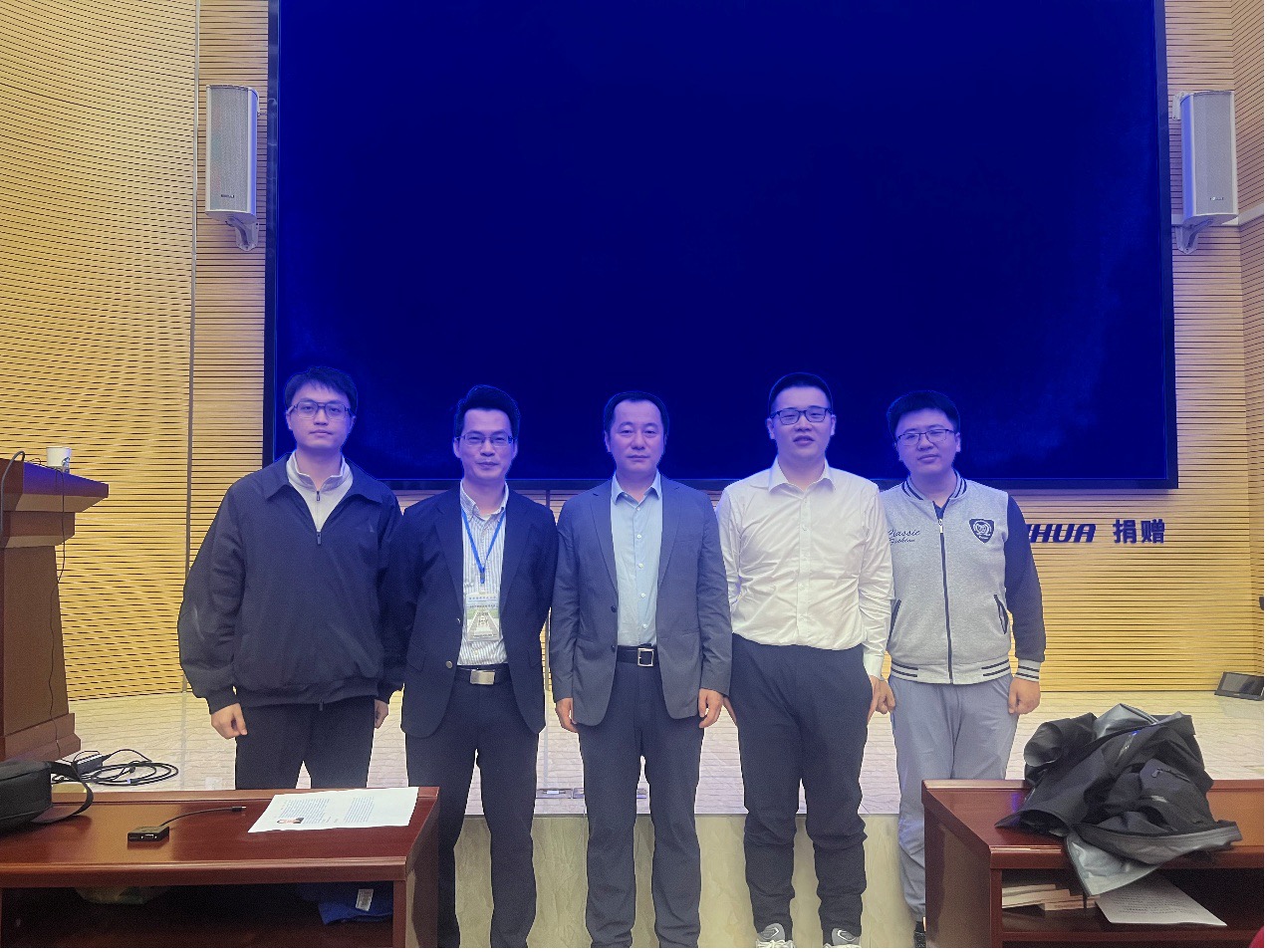On April 26, 2025, Professor Yu Haijun from Beijing Institute of Technology and Dr. Wang Maoyu from Shanghai Light Source were invited by Professor Tang Yuxin of the School of Chemical Engineering to give a lecture on “Symmetry Breaking and Battery Materials” in the Ure Lecture Hall, South 101, Quan Gang Building.
The performance of transition metal oxide cathode materials is the key bottleneck limiting the energy density of lithium-ion batteries, and solving the long-standing stability problem of high-energy cathode materials (e.g., lithium-rich layered oxides (LLOs)) is a major challenge nowadays, as LLOs can undergo the oxygen anionic redox (OAR) and provide “extra” energy. LLOs can undergo oxygen anionic redox (OAR) and provide “extra” capacity, with a significant advantage of high specific capacity (> 300 mAh/g). However, the root cause of the OAR reaction has been a world-class problem in the battery field, while the OAR reaction also triggers or exacerbates irreversible oxygen precipitation and structural degradation of LLOs, leading to severe voltage degradation, capacity loss, and structural instability of the material during cycling. These problems not only limit the practicalization of LLOs, but also place higher demands on their long-term stability. In his report, Prof. Yu reveals that the underlying atomic configuration in LLOs is the LiMn6 six-membered ring atomic arrangement, which is both the structural and functional matrix of LLOs and directly determines the electrochemical performance of LLOs.The Li-O-Li atomic configuration in LLOs is not the root cause of the triggering of the oxygen participation in the reaction, and the formation of the “π-bonded ring” in the LiMn6 six-membered ring is not the root cause of the oxygen participation in the reaction. “The diffuse gradient distribution and symmetry breaking inhibition of the “π-bonding ring” in LLOs can greatly enhance the reversibility of the electron gain/loss of the oxygen anion in LLOs, i.e., stabilize the cyclic stability of LLOs.
The wonderful report of Prof. Yu Navy triggered a strong response from the teachers and students present, and stimulated their strong academic interest and research enthusiasm. During the Q&A session, the discussion atmosphere was active, and the participating teachers and students had a full and in-depth exchange with Prof. Yu and Dr. Wang on the key issues and cutting-edge trends in the development of battery technology.

Lecture scene
This academic exchange activity not only expanded the participants' academic horizons, but also laid a good foundation for possible research cooperation. This symposium provides an important academic exchange platform for our teachers and students, promotes interdisciplinary collision of ideas and scientific research cooperation, and effectively promotes the sharing and innovation of academic achievements. We believe that this kind of high-quality academic activities will continue to help the development of the field of electrochemical energy storage and open up new directions for related research. Looking ahead, we look forward to organizing more such academic exchange activities to further deepen the cooperation between industry, academia and research, and to jointly promote scientific and technological innovation and social development.

Group photo
